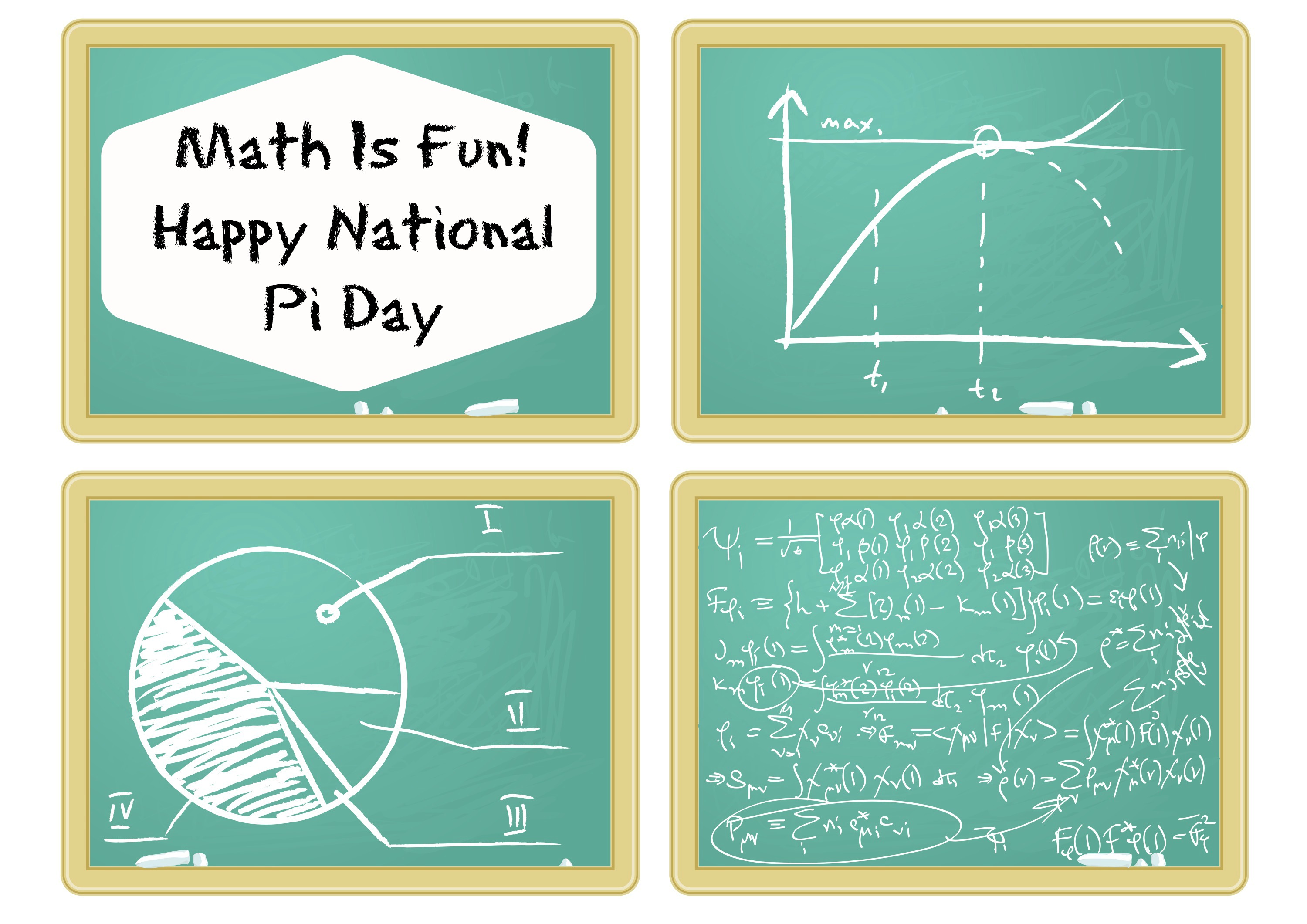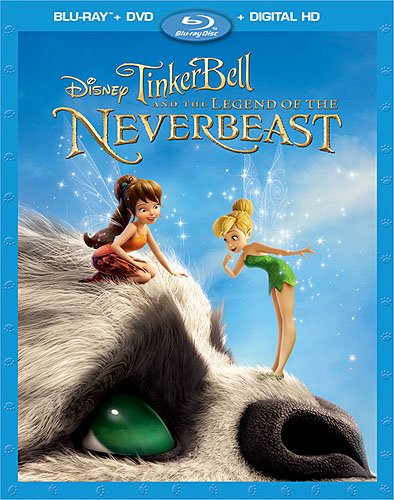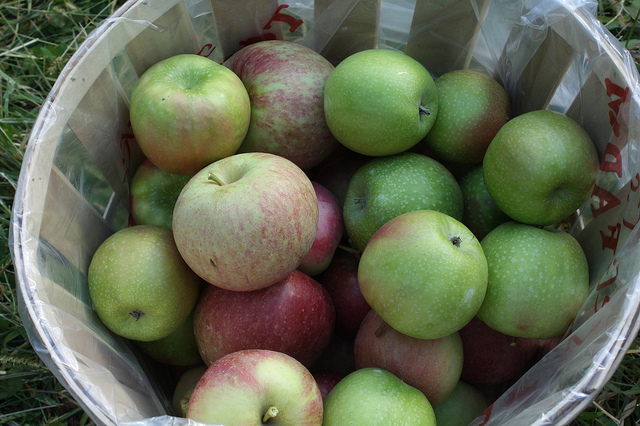
March 14 is National Pi Day! Ways to Have Fun With Math
If you take a few minutes to do a Google search about the most popular subjects in school, you might be surprised to find that math receives an overwhelmingly popular vote. Elementary-aged students seemed to be especially fond of the subject. If you dig deeper you’ll also find it gets a lot of negative votes, and those thumbs-down seem to be ever-increasing as common core curriculum is forced into classrooms.
Last year, my then-kindergartner went to the library with his class and chose a math book to bring home for the week. During his reading buddy time with a 4th grader, they generally finished their reading early. I asked him what he did when they finished reading and his reply was, “He teaches me long division.”
My son likes math. He’s in first grade and he likes math. He hates practicing addition and subtraction, but the more complex stuff like writing a number sentence and drawing a picture, or measuring things, or finding angles – that floats his boat.
 Image courtesy of Flickr.
Image courtesy of Flickr.
Why Kids Like Math
Our elementary students like math because you can use really fun tools to teach basic concepts – bear counters, tangrams, linking cubes, dominoes, legos. It’s all about building and adding and taking away. It’s visual and manipulative. As they get older the tools are taken away and they are left memorizing equations.
We are homeschooling now, so I have had the luxury of trying a little bit of everything. We originally purchased the Saxon Math program for first grade. About midway through the year I decided to get second and third grade workbooks that emphasized common core. While we enjoy our Saxon program, my son really likes doing the common core workbooks. In fact he prefers them. BUT…like many other parents and students, he doesn’t like the “explain how you found your answer” portion of the problems. One problem asked him to choose a number greater than 18 and gave him three options. When he was asked to explain how he found the answer he simply wrote, “Because I can count.”
I don’t get the explanation portion sometimes either, nor do I feel the need to break 23+17 into tens and then add the fives and ones. It’s just not necessary. This is where things get weird. It’s like a crossword puzzle. You know the answer fits because you spelled the word correctly. There really isn’t any need to explain why the letters fell into that particular order.
The point is: Math is fun! And as parents it is our job to encourage the problem-solving skills that our children have (even when it doesn’t fit the common core model). Our K-5 students are fresh and they love the puzzling element that math offers. So feed it.
Work Math Into Your Day
Ask Questions! – How many? How often? How long ago? Which is more? Is it bigger or smaller? Simple questions allow students to mathematically evaluate things. Ask lots of questions!
Give them a ruler, a balance, and a scale. – These three items alone can keep a kid busy for days. All you have to do is say, “Honey, can you go measure the sunflower?” and you’ve got an instant mathematician.
Play board games. – Monopoly Jr. is scaled down to single digits and perfect for helping little ones learn basic addition and counting. Graduate to traditional Monopoly for the older kids. Math Marks the Spot is a giant floor game with supersized foam dice to make a math equation. Kids learn number recognition, basic addition and subtraction and greater than/less than concepts. Add-A-Bug Math Game lets kids move along the spaces of the board while they collect or lose bugs. The person with the most bugs wins. Pop to Win math game is available in different versions for different grade levels and teaches basic math skills.
Get some math “tools”. – Tangrams: a set of seven shapes including triangles, squares and parallelograms that are used to create shape-puzzles. Linking cubes: cubes that link together to create patterns, practice graphing, and solve math equations. Geoboards: a pegboard that is used to create different shapes with rubber bands. Pattern Blocks: colored shapes used for solving picture puzzles or creating your own shapes, pictures, and patterns.
Invest in interactive books. – There are tons of books available that offer fun ways for kids to learn math. We recently added the Usborne First Illustrated Math Dictionary to our collection and I am pleasantly surprised at how much the kids and I like it. It covers everything from understanding numbers, counting, addition, and fractions to patterns and sequencing, symmetry, 3-D shapes, measuring, and data. So far we’ve made 3-D shapes, practiced drawing reflections, and made 2-D shapes on our geoboards. Also available is the Complete Math Collection the includes the First Illustrated Math Dictionary, Illustrated Dictionary of Math, and Illustrated Elementary Math Dictionary Kid Kit with a set of tangrams and other math-related tools.
Try online math practice. – MobyMax has a free version that gives you access to math, language arts, and more. We use it for those two areas primarily, and as you answer questions correctly it becomes increasingly difficult to challenge your skill level. Mr. Nussbaum has a variety of math games you can access for free with the option to pay for additional premium access. PBSkids.org has a lot of games with popular PBS characters. These are fun for learning very basic skills but we use MobyMax when we are really trying to improve math skills.
Other math tools you might like:
Lift-the-Flap Times Tables: This book is a super fun way to learn the times tables up to 12×12, with tips and tricks to help you learn.
Learning Palettes: You can get the starter set or a complete math center that is leveled by grade. Add new cards to your set as skill levels increase.
10 Days to Addition Mastery Boxed Set (also available for subtraction and multiplication): Includes a set of learning wrap-ups, a work-along audio CD, and a 64-page workbook.
0






One Comment
Pingback: